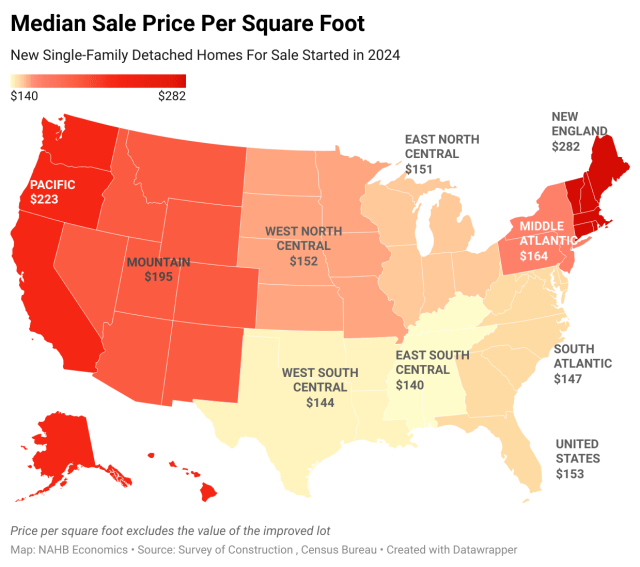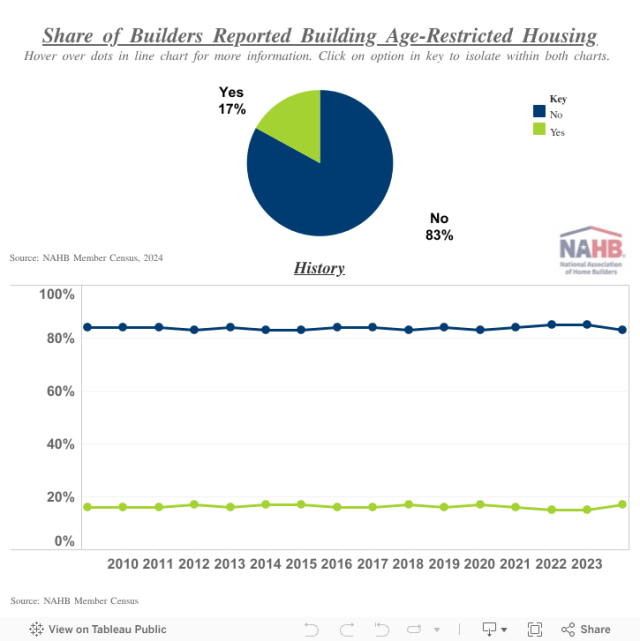Podcast: What’s Ahead for New and Existing Housing Markets
Diana Carroll2025-10-02T14:16:07-05:00On the latest episode of NAHB’s podcast, Housing Developments, COO Paul Lopez is joined by NAHB Chief Economist Dr. Robert Dietz and Realtor.com Chief Economist Danielle Hale to delve into the good, the bad and the ugly of today’s housing market.



